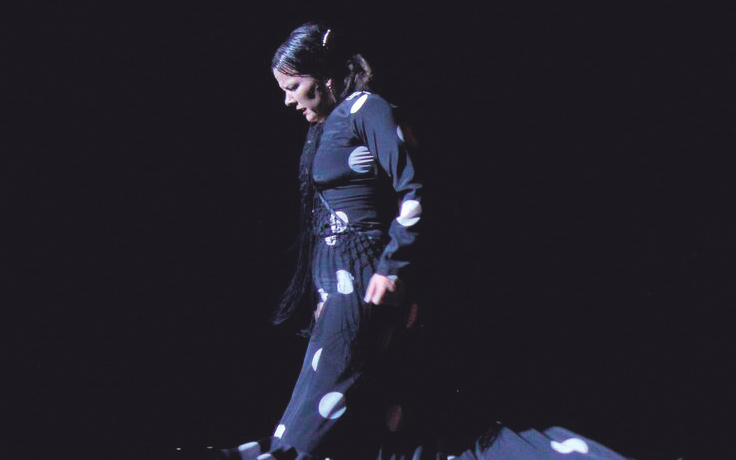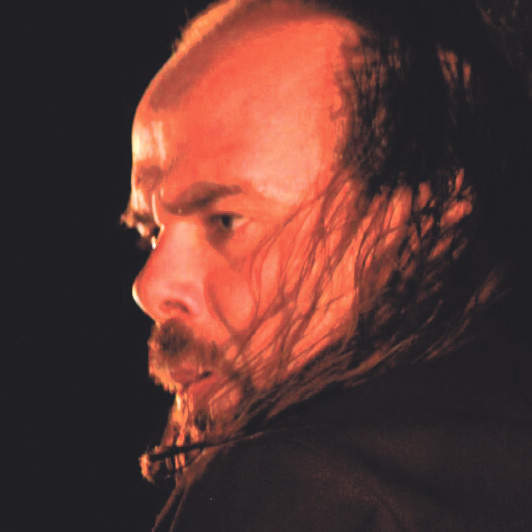Culture Shock: Children Of No Country
Yjastros Develops Its Own Language Of Dance


Pat Berrett

Pat Berrett

Pat Berrett








